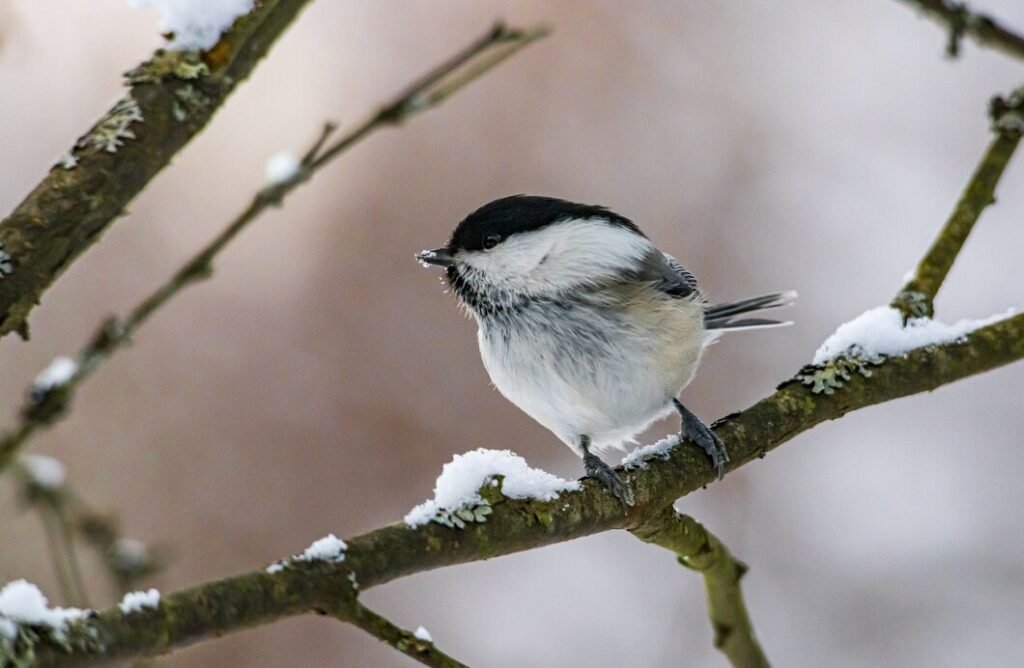The term “Frost Sparrow Black” might intrigue both bird enthusiasts and those curious about the natural world. While the name evokes imagery of a bird that seems both mystical and elusive, it also represents the fascination humans have with nature’s remarkable diversity. This article delves into what makes the unique, its characteristics, habitat, and the broader significance of this species.
What is Frost Sparrow Black?
“Frost Sparrow Black” refers to a rare coloration variant of family, characterized by its distinctive dark feathers and ethereal, frosted markings. The term may not correspond directly scientifically classified species often used to describe a particular plumage trait found in certain sparrow populations. These birds exhibit a unique interplay of black and gray tones, often interspersed with white or silver feather patterns, giving them a visually striking appearance.
Bird watchers and ornithologists alike find this unique coloration captivating because it differs significantly from the typical brown, tan, and gray hues associated with most sparrows. The Frost Sparrow Black stands out not only for its aesthetic appeal but also as an example of how genetic variation can manifest in fascinating and visually stunning ways.
Appearance and Identification
The Frost Sparrow Black distinguished by dark plumage which range from deep charcoal black contrasted with light frost-like patterning around wings, neck occasionally tail. This frost pattern often appears as a delicate silvery-gray overlay, giving the bird a distinctive, almost otherworldly appearance.
The size and shape of these sparrows are consistent with typical sparrows, featuring a small, robust body, rounded head, and a short, conical beak ideal for cracking seeds. While the color variation is what makes them unique, their overall morphology adheres to the general structure of the sparrow family. However, due to the specific color traits, spotting a in the wild can be a rare treat, especially for those interested in bird watching and photography.
Habitat and Distribution
Frost Sparrow Black, as a rare coloration, does not have a distinct geographical range separate from other sparrows. Instead, these birds found sporadically across various regions, depending where sparrow populations with this particular genetic variation are located. They typically spotted in temperate regions, frequenting open fields, hedgerows suburban areas.
The habitat preference of sparrows generally includes areas with ample food sources like seeds and insects, and places for nesting, such as low shrubs or tall grasses. Frost Sparrow Black, being a variant, is no different in terms of habitat needs. However, because of its rare coloration, sightings more common in locations where unusual genetic traits more likely expressed, often isolated breeding populations specific environmental factors.
Behavior and Diet
Like most sparrows, the Frost Sparrow Black is an opportunistic feeder, relying on a diet primarily composed of seeds, grains, and small insects. During the breeding season, they may shift to a more protein-rich diet, incorporating caterpillars and other soft-bodied insects to support their growing young.
In terms of behavior, these sparrows known their social nature often seen flocks during breeding season. They communicate through series chirps calls males known to perform song displays establish territory and attract mates. The dark plumage of the Frost Sparrow Black does not seem to impact its behavior significantly, although it may offer some advantages or disadvantages in terms of camouflage, depending on the environment.
Conservation and Threats
The Frost Sparrow Black, being a color variant rather than a separate species, does not face specific conservation threats unique to its kind. However, the general decline of sparrow populations worldwide due to habitat loss, pollution, and changes in agricultural practices is a concern.
Urbanization and agricultural expansion have reduced the availability of suitable habitats for sparrows, leading to a steady decline in their numbers. For color variants like the Frost Sparrow Black, which may be more susceptible to predation due to their unusual appearance, these pressures can be even more pronounced. Conservation efforts focused on preserving sparrow populations and their habitats indirectly benefit these rare color morphs as well.
The Significance of Frost Sparrow Black in Birding Culture
Among bird watchers and naturalists, spotting a Frost Sparrow Black is considered a special event due to its rarity and striking appearance. Birding communities often share sightings of these unique birds, and their presence can spark discussions about genetics, coloration, and the broader biodiversity of avian species.
Photographers also prize these birds for their photogenic qualities. The contrast between the deep blacks and the frosted silver markings makes for compelling imagery, often resulting in some of the most stunning bird photographs.
How to Spot a Frost Sparrow Black
If you’re interested in spotting a the key is patience and persistence. These birds are best found during the early morning or late afternoon when they are most active. Look for them in areas where sparrow populations are known to thrive, such as parks, open fields, and wooded edges.
Bringing along binoculars and a good bird field guide can be invaluable, as it helps confirm identification and differentiate between similar-looking species. If you’re lucky enough to spot one, consider documenting the sighting, as each observation contributes to our understanding of these rare and beautiful birds.
Conclusion
The Frost Sparrow Black, with its unique coloration and elusive nature, captures the imagination of bird enthusiasts and nature lovers alike. While not a distinct species, its presence serves as a reminder of the incredible diversity and beauty found in the natural world. Whether you’re an avid bird watcher or someone new to birding, the Frost Sparrow Black is a creature that inspires awe and appreciation, making every sighting a moment to remember.

